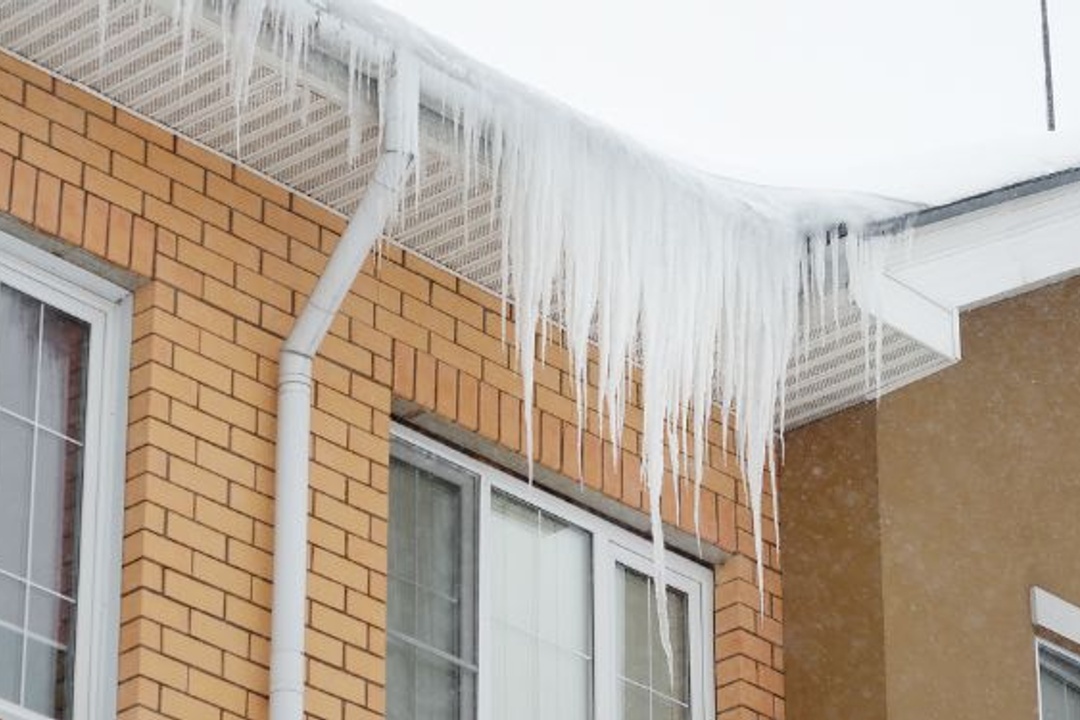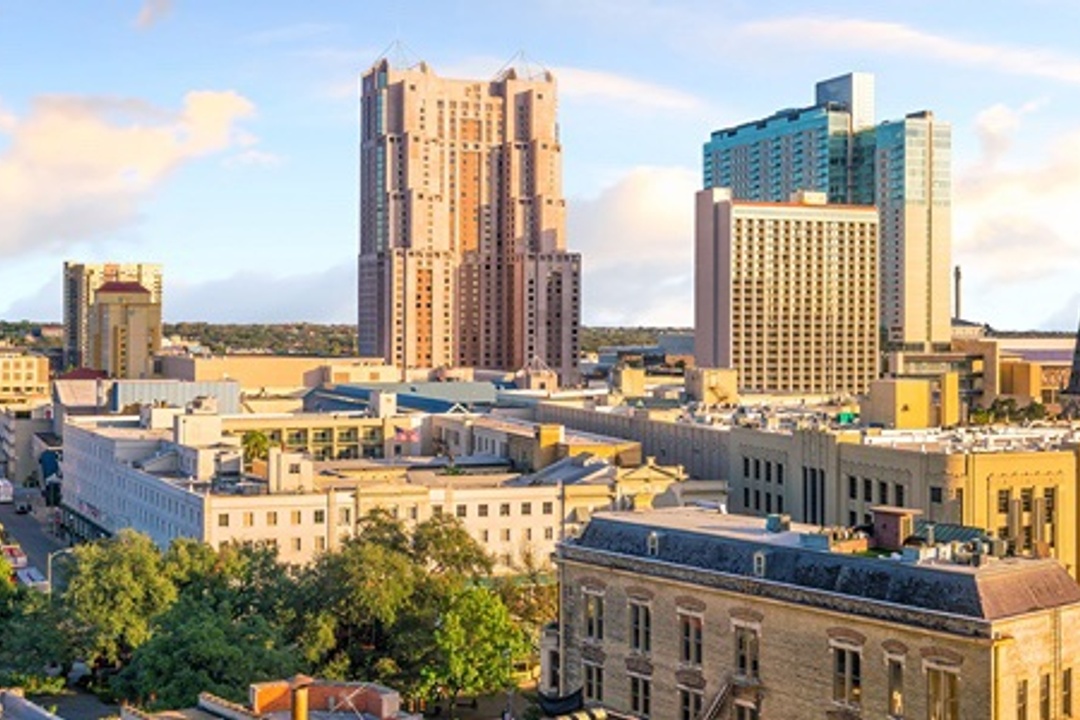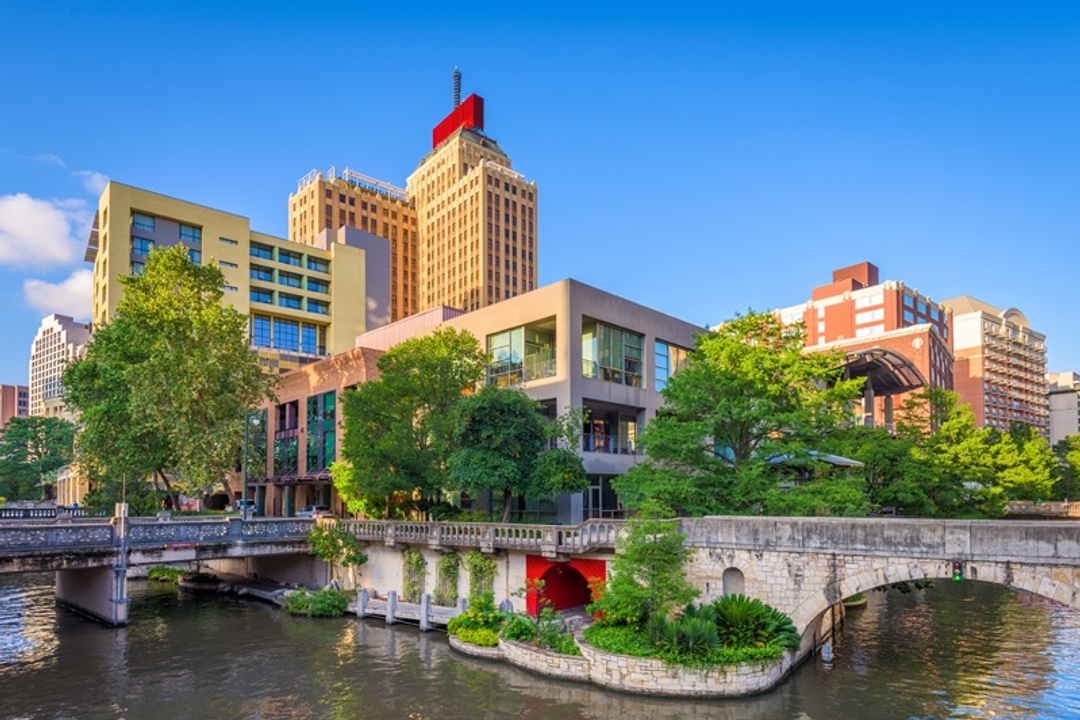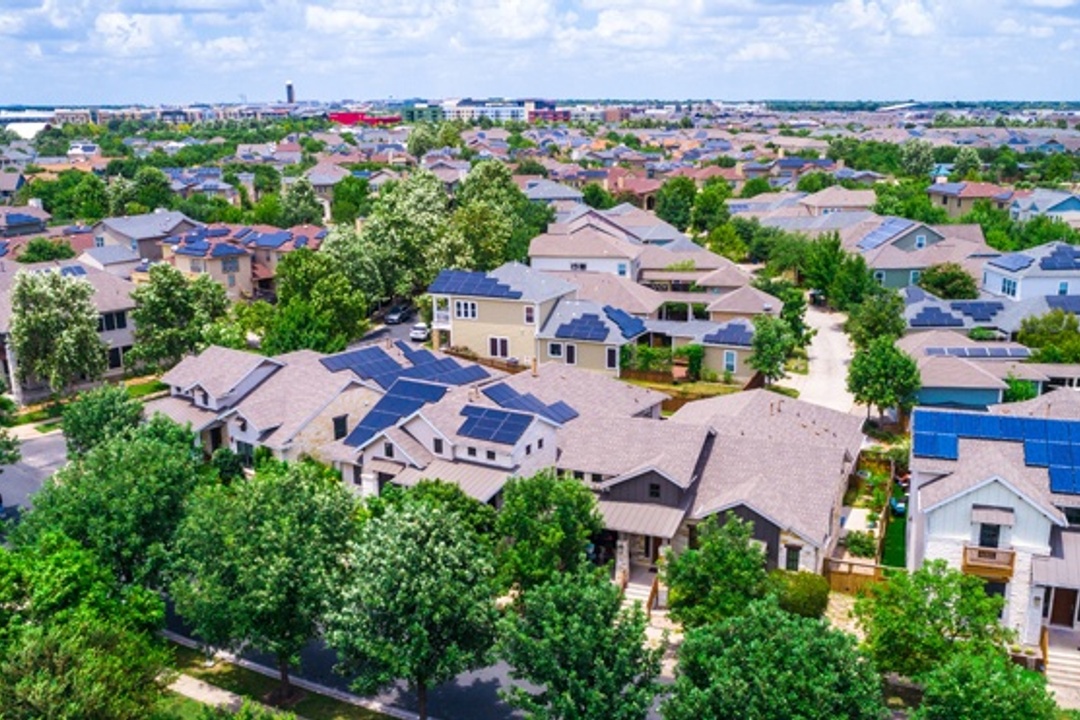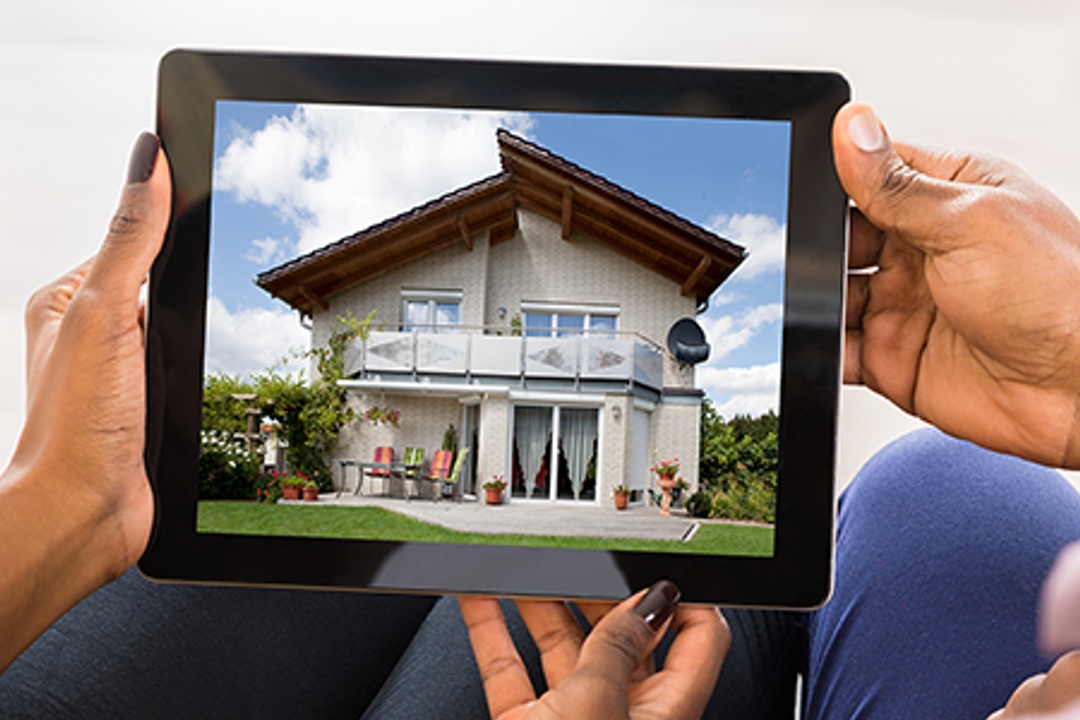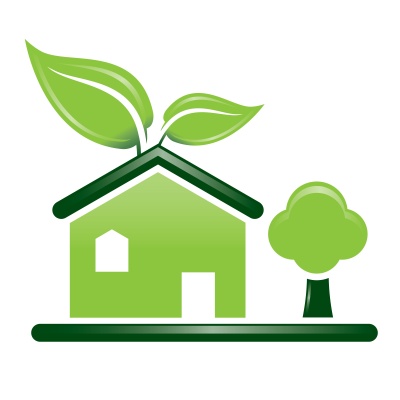
 Eco friendly appliances, windows, and other building materials are super trendy right now, but there are many other less expensive ways of making your home eco friendly right now! Sometimes, it can be a better choice to begin slowly making small, green changes to your home and lifestyle, rather than diving right in with expensive new appliances and wasteful upgrades.
Eco friendly appliances, windows, and other building materials are super trendy right now, but there are many other less expensive ways of making your home eco friendly right now! Sometimes, it can be a better choice to begin slowly making small, green changes to your home and lifestyle, rather than diving right in with expensive new appliances and wasteful upgrades.
One good way to reduce your impact on the environment is to re-use decor, rather than buy all new stuff. Buying antiques is a great way to add a vintage flair to your home, while re-using resources. Re-purposing objects is all the rage right now as well. You can re-purpose old furniture by sanding it and adding a new coat of paint, distressing it (so that it has that shabby chic look), or adding on to it. Second hand stores are a great place to start looking for these things, garage sales are great as well. One mans trash is another mans treasure, after all, and the less trash we dump into our landfills, the less new resources we'll consume, and the more money you'll save!
Another great way to keep your home eco friendly is to research materials for repairs, additions, or projects before you buy them. Some materials are just way greener than others. Natural materials like cotton, reclaimed wood, and bamboo products can add a chic, cozy feel to your home. Recycled plastics, fair trade products, and low-impact materials can reduce your footprint on the earth by a lot. It takes a bit of time to educate yourself on the kinds of green materials you'll need, but it's definitely worth it in the end. There are even whole websites like GreenDepot.com and whole companies that specialize in helping people make their homes eco friendly.
This may seem obvious, but little changes such as using green light bulbs, low- or no-VOC paints, and naturally derived cleaning products can make a big difference. Not only are you not leaking chemicals into the earth and wasting energy, but also you'll be cleaning up the air around your home for you and your family. The average home today contains 62 toxic chemicals, and more than 72,000 synthetic chemicals have been produced since World War II that are found in many homes across the nation! You owe it to yourself and your family to keep exposure to these chemicals at a minimum.
A big way to keep your home green is to only replace things when they really need replacing. Many people want to throw out their old, less energy efficient appliances and replace them with new ones… this isn't always the best way to go. Throwing away that old appliance that still works great is wasteful, and adds to the junk piling up at the landfill. It's best to wait until something actually needs replacing, and then make sure you purchase an energy efficient appliance in it's place. Learning that things are not so disposable is a good lesson to master in this day and age.
Going green isn't about replacing all of your appliances, or replacing, repairing, or refinishing everything around your home. It's about making small changes, and educating yourself on what the best materials, appliances, and items to buy when the time comes. It's about reducing your impact on the environment in as many little ways you can, and saving some money in the process!

